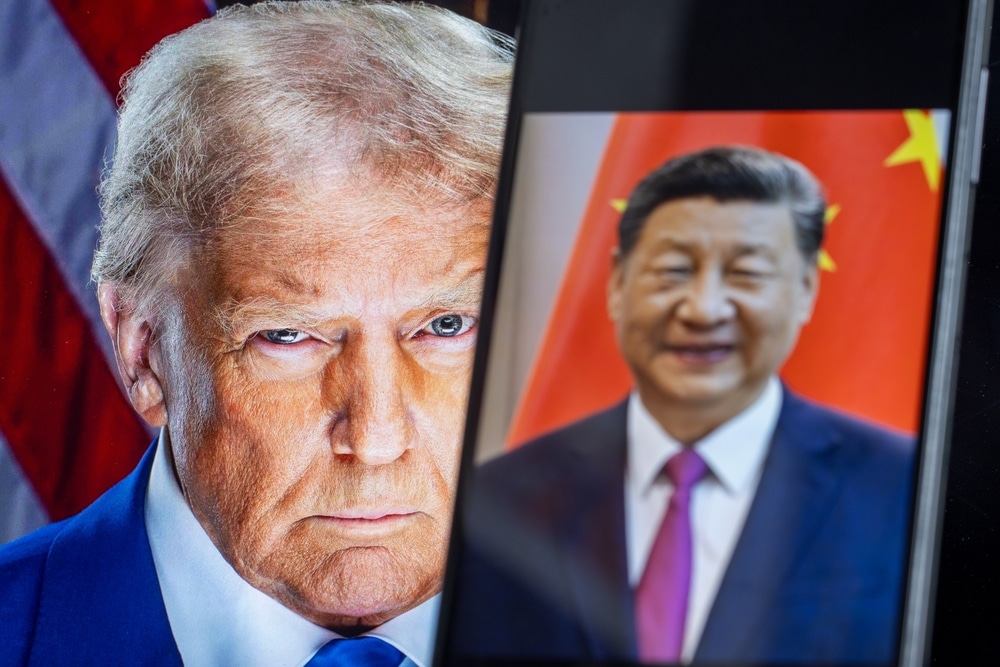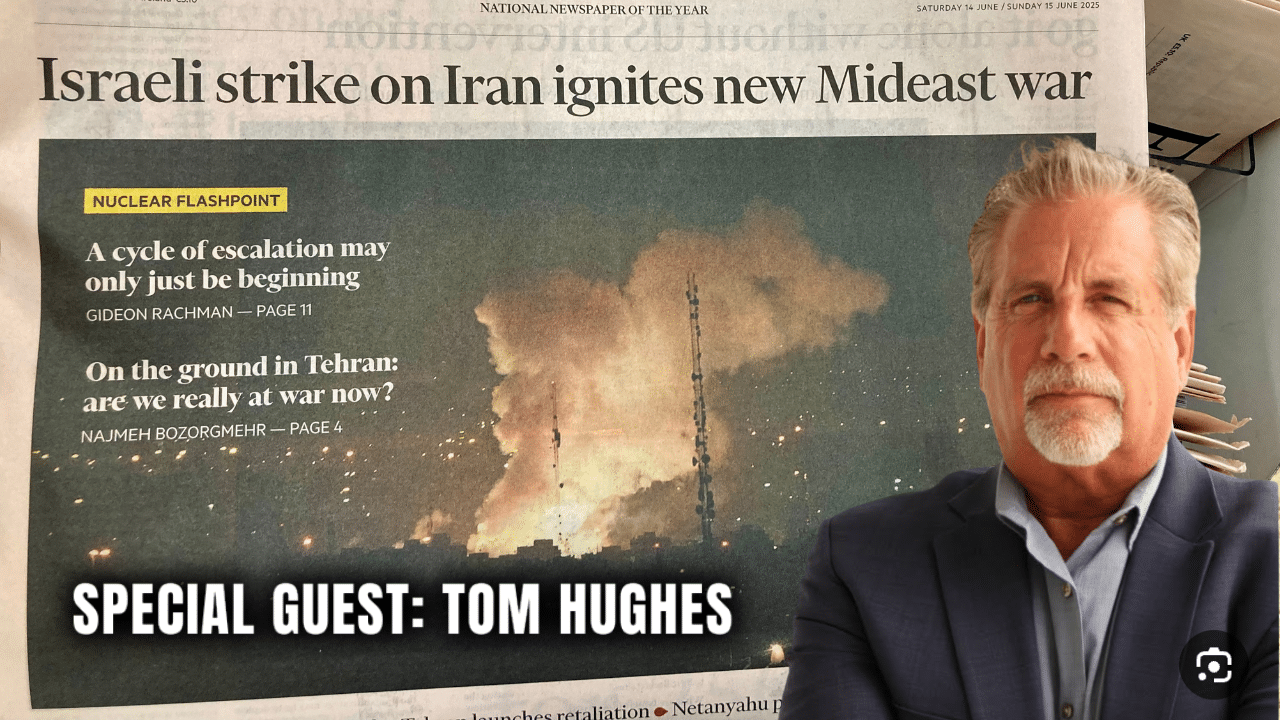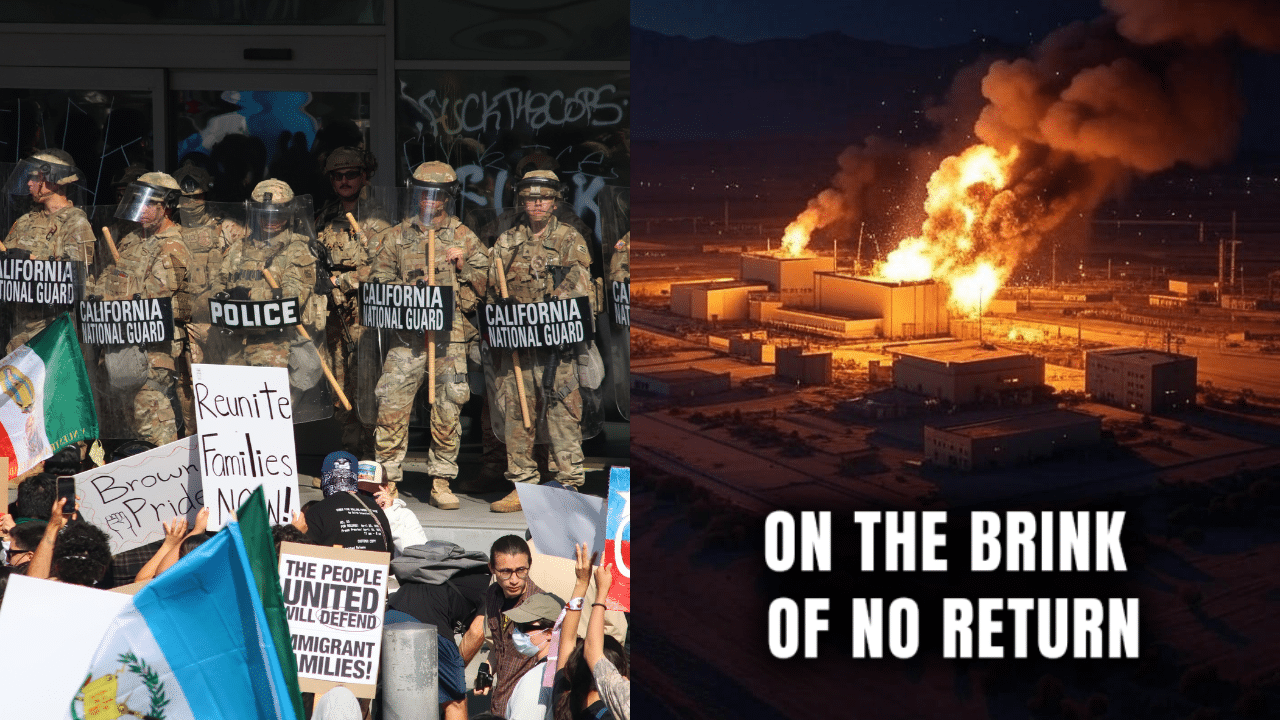The escalating trade war between the United States and China reached a critical juncture, with Beijing announcing a significant retaliatory tariff hike in response to President Donald Trump’s aggressive trade policies.
This latest salvo has deepened global economic uncertainty, rattled markets, and raised fears of a broader recession.
China’s Ministry of Finance declared it would impose a 125% tariff on U.S. imports, effective immediately, in direct response to Trump’s decision to raise duties on Chinese goods to 145%.
This move marked a dramatic escalation from China’s earlier 84% tariffs, which had already strained U.S. exporters, particularly farmers reliant on the Chinese market.
According to reports, Beijing justified the hike as a countermeasure to what it called the U.S.’s “bullying and coercion,” dismissing further tariff increases as economically meaningless.
The Ministry of Commerce stated, “American goods are no longer marketable in China under the current tariff rates,” signaling a strategic pivot away from tit-for-tat escalation in favor of broader economic measures.
Beyond tariffs, China implemented non-tariff retaliations, including travel warnings for its citizens against visiting the U.S. and restrictions on Chinese students studying in certain American states.
Additionally, Beijing limited the number of U.S. films permitted in Chinese theaters, a move seen as targeting American cultural exports.
These actions underscore China’s intent to inflict pain across multiple sectors, leveraging its economic and cultural influence to counter Trump’s policies.
President Trump’s trade war, reignited in early 2025, has been characterized by sweeping tariffs aimed at pressuring trading partners into concessions.
His latest 145% levy on Chinese goods followed a series of incremental increases, starting with a 10% tariff in February and escalating through reciprocal exchanges.
Trump defended his approach, insisting on social media that China had “panicked” and that his policies would restore American economic dominance.
White House Press Secretary Karoline Leavitt echoed this sentiment, stating, “Countries like China who retaliate and double down on mistreating American workers are making a mistake. President Trump has a spine of steel.”
However, Trump’s strategy has drawn mixed reactions. While supporters argue it forces adversaries to negotiate, critics warn it risks alienating allies and destabilizing global trade.
Reports noted that Trump’s tariffs extend beyond China, with levies on Canada, Mexico, and the European Union prompting retaliatory measures that further complicate the U.S.’s trade landscape.
The immediate economic impact of the tariff exchange was evident in global markets. S&P 500 futures dipped slightly, and European indices like the FTSE 100 and DAX saw declines of 0.2% and 1.2%, respectively.
The tech-heavy Nasdaq Composite, already reeling from earlier tariff-related sell-offs, faced continued pressure, with companies like Apple and Tesla warning of potential price hikes.
Analysts estimate that U.S. consumers could see significant cost increases for goods ranging from electronics to agricultural products, as importers pass on tariff expenses.
U.S. farmers, a key export group to China, face particularly dire consequences. China’s 125% tariffs target agricultural staples like soybeans, grains, and meats, threatening to erode market share to competitors like Brazil.
This echoes losses from Trump’s first-term trade war, which cost U.S. farmers an estimated $27 billion in exports.
The Federal Reserve Bank of Atlanta’s GDPNow model projected a potential 2.8% U.S. GDP contraction in Q1 2025, a stark reversal from earlier growth forecasts, highlighting the broader economic stakes.
The trade war’s ripple effects extend beyond the U.S. and China. The European Union, facing its own U.S. tariffs, approved counter-tariffs set to begin the following week, targeting American steel and aluminum.
Meanwhile, nations like Japan, South Korea, and Vietnam have sought negotiations to avoid similar escalation, reflecting a global preference for de-escalation over confrontation.
California Governor Gavin Newsom, in a bid to shield his state’s economy, pursued exemptions for California-made products, underscoring the domestic political fallout.
China’s leadership, under President Xi Jinping, appears emboldened by its perceived economic resilience.
Analysts suggest Xi believes China’s focus on technological self-reliance and domestic demand can weather prolonged trade disruptions.
Unlike Trump, Xi faces no immediate electoral pressures, allowing Beijing to adopt a longer-term strategy that could outlast U.S. domestic tolerance for economic pain.










